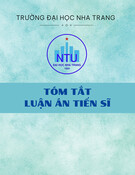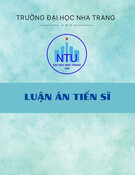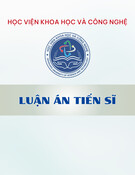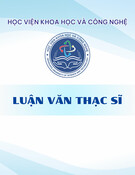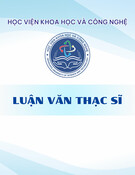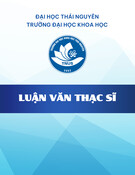
1
PREFACE
1. The necessary
Catfish (Pangasius Hypophthalmus) is one of the leading
seafood products of Vietnam. The total catfish farming area of
Vietnam in 2019 was 7,127 hectares. The harvested catfish output
reaches 1,519,000 tons. The total catfish export value of Vietnam in
2019 was about 2 billion USD, which contributed 23.26% to the
export value of the Fisheries sector. Most of the catfish products
were exported as frozen fillets. However, the fillets' volume only
accounts for about 40%, so about 60% is fish by-products, including
head, fins, skeleton, organs, skin, and trimmings. This is a
considerable material, and if there is no proper solution, it will cause
a waste of resources and environmental pollution.
In Vietnam, fish by-products are currently mainly used to
produce fishmeal with simple technologies, including steaming,
drying, and grinding. The obtained products are often used as animal
feed of both low quality and economic value. Meanwhile, fish by-
products contain many components with high nutritional and
economic value, such as protein, minerals, lipid,... These compounds
can be used to produce value-added products for feed, even used as
food for humans. Therefore, it is necessary to recover value-added
compounds from catfish by-products.
Recently, there have been many studies on recovering bioactive
compounds from fish by-products by different methods. However,
most of these reports often use only a portion of fish waste to obtain
value-added products. Some authors focused on getting FPH and
lipid from the muscle of fish by-products, neglecting the mineral part
(mainly HA) from the fishbone. In contrast, some authors only obtain
HA from fish bones, ignoring the protein and lipid parts in fish by-
products. Therefore, these methods caused both the waste of
resources and potentially polluting the environment or requiring
costs of waste treatment.
In Vietnam, a large number of catfish by-products are
discharged from the frozen catfish fillet processing lines at the
factories in some provinces in the Mekong Delta, for example, Nam
Viet, Vinh Hoan, Hung Ca, ... These by-products are mainly used as






